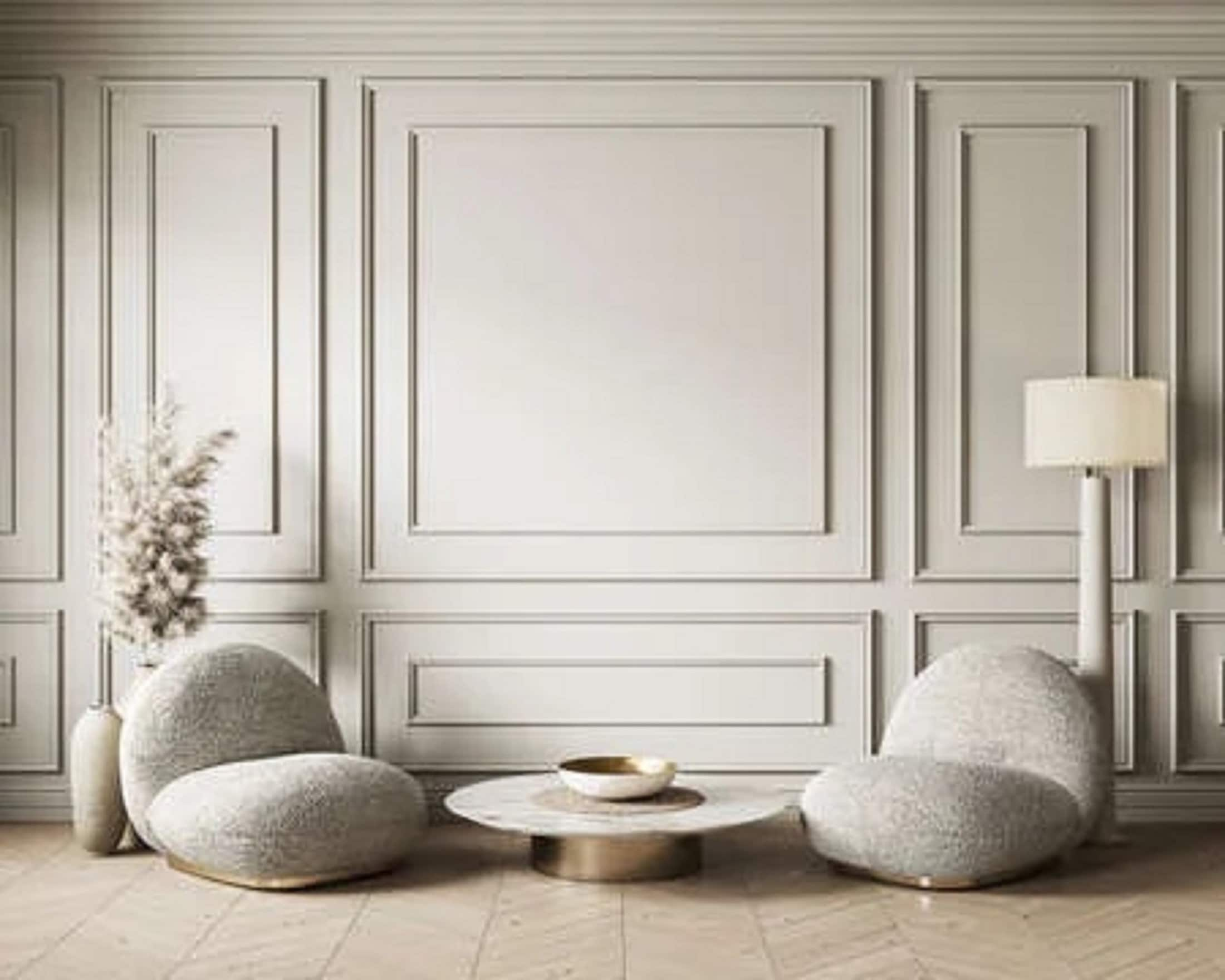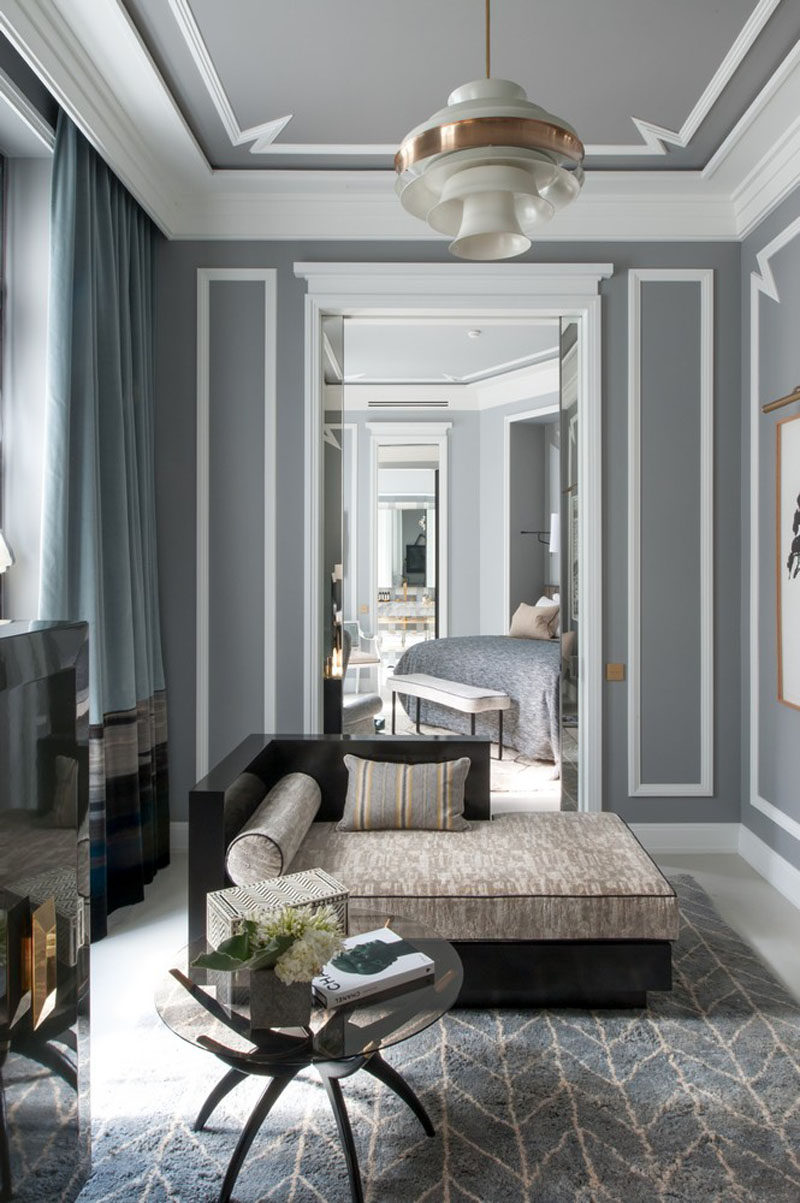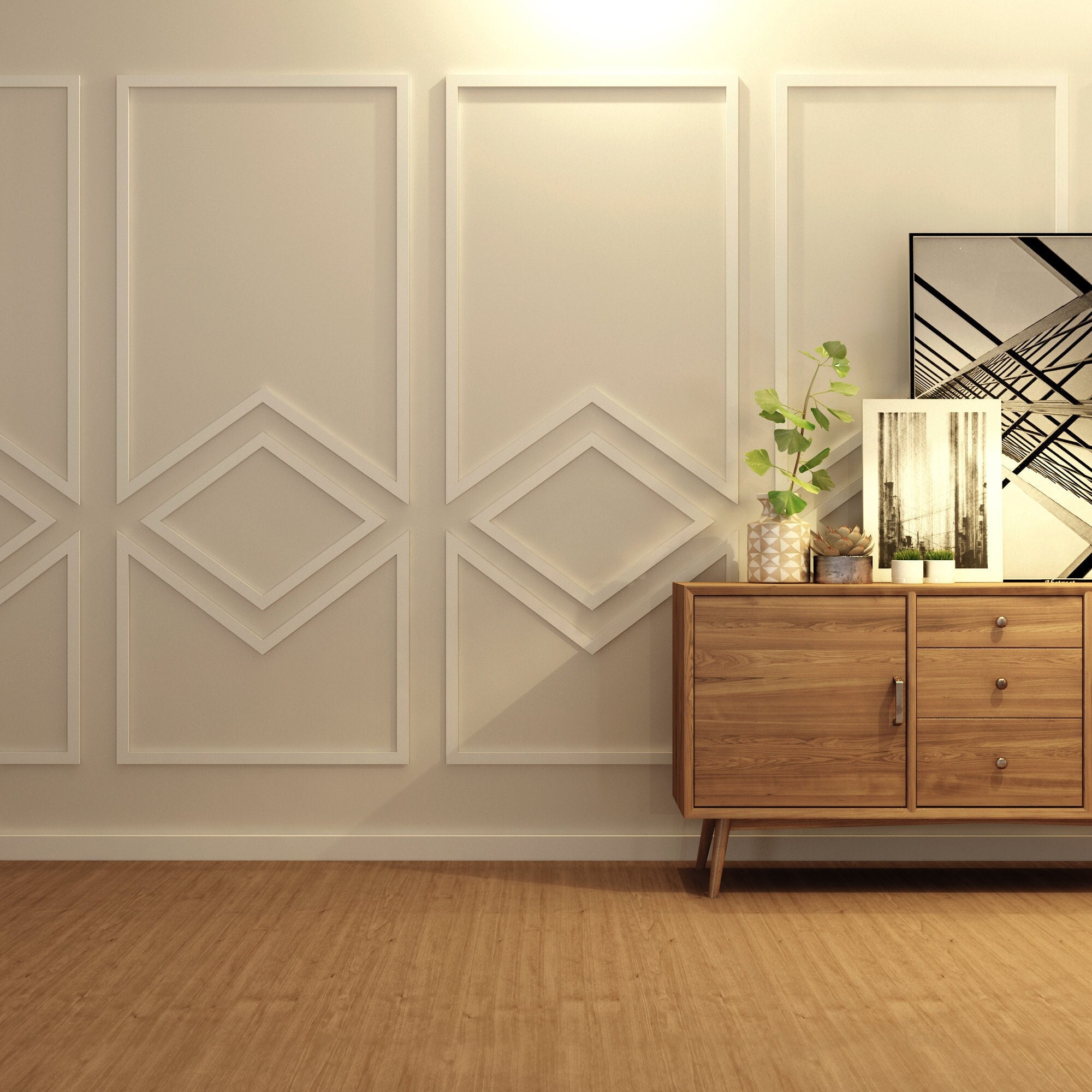When it comes to interior design, few elements can elevate a space quite like decorative mouldings for walls. These intricate details not only add character but can also transform a mundane room into a work of art. As someone who has dabbled in home decoration for years, I can vouch for the magic that mouldings can bring to a space. Let’s dive into the world of decorative mouldings, exploring their types, advantages, and installation tips that will help you create an extraordinary environment.
Understanding Decorative Mouldings
Decorative mouldings are elements used to create a finished look in a room. They can frame windows, doors, and ceilings and cover seams between different materials. Made from various materials, these mouldings can be tailored to fit any style, from classic to contemporary.
The Role of Decorative Mouldings in Interior Design
Decorative mouldings serve both functional and aesthetic purposes. Here are a few key roles they play:
- Enhancing Aesthetic Appeal: They add texture and detail to flat surfaces, making walls feel more dynamic.
- Defining Spaces: Mouldings can delineate areas within open-concept layouts, providing visual boundaries.
- Hiding Imperfections: They can conceal joints and imperfections where different materials meet.
Types of Decorative Mouldings
Decorative mouldings come in various styles and materials. Understanding the options can help you choose the best fit for your home.
Crown Moulding
Crown moulding is typically installed where walls meet ceilings. It’s an elegant addition that can significantly enhance the height and elegance of a room.
Pros and Cons of Crown Moulding
| Pros | Cons |
|---|---|
| Adds height and dimension | Can be costly depending on materials |
| Variety of styles available | Installation can be complex |
Baseboards
Baseboards run along the bottom of walls and serve to protect them from scuff marks. They can also add a finished look to any room.
Pros and Cons of Baseboards
| Pros | Cons |
|---|---|
| Protects walls from damage | Can accumulate dust and dirt |
| Available in various styles | Requires regular maintenance |

Chair Rails
Chair rails are installed about a third of the way up the wall, offering a boundary that can protect walls from furniture.
Pros and Cons of Chair Rails
| Pros | Cons |
|---|---|
| Protects walls from damage | May require repainting |
| Allows for creative paint designs | Not suitable for all decor styles |
Picture Rails
Picture rails are designed to hold frames without needing nails in the wall. They add a sophisticated touch to any room.
Pros and Cons of Picture Rails
| Pros | Cons |
|---|---|
| Protects walls from holes | Can be expensive to install |
| Adds elegance and charm | Requires careful placement |

Materials Used for Decorative Mouldings
The material of the moulding significantly affects its look, durability, and installation process. Common materials include:
Wood
Wood is a classic choice for mouldings. It’s versatile, can be stained or painted, and adds warmth to any room. However, it’s also prone to warping and requires regular maintenance.

Polyurethane
Polyurethane offers a lightweight and affordable alternative to wood. It comes in various styles and is resistant to moisture, making it ideal for bathrooms and kitchens.
Plaster
Plaster mouldings can achieve intricate designs but are often more expensive and require professional installation.

MDF (Medium-Density Fiberboard)
MDF mouldings are economical and easy to paint. They’re not as durable as hardwood but are less prone to warping and splitting.
Choosing the Right Moulding for Your Home
When selecting moulding for your home, consider the following factors:
- Style: Choose a design that complements your existing decor.
- Scale: Make sure the moulding is proportionate to the size of the room.
- Functionality: Consider if the moulding serves a practical purpose, such as hiding joints or protecting walls.

Installation Tips for Decorative Mouldings
Installing decorative mouldings can be a DIY project if you’re up for it! Here are some tips I’ve learned along the way:
Tools You’ll Need
- Miter saw
- Nail gun or hammer
- Level
- Measuring tape
- Stud finder

Steps to Install Mouldings
- Measure and mark where the moulding will be placed.
- Make miter cuts at the ends for a clean joint.
- Use a level to ensure the moulding is straight.
- Nail the moulding into place, securing it to the wall and ceiling.
- Fill in gaps and holes with caulk and putty, then paint if necessary.
Maintaining Your Decorative Mouldings
Once your mouldings are installed, keeping them looking their best is essential:
Regular Cleaning
Dust your mouldings regularly with a microfiber cloth to prevent buildup.
Paint Touch-ups
Keep extra paint on hand for touch-ups to maintain that fresh look.
Comparison of Decorative Moulding Options
| Material | Cost | Durability | Maintenance |
|---|---|---|---|
| Wood | $$$ | High | High |
| Polyurethane | $$ | Moderate | Low |
| Plaster | $$$$ | High | High |
| MDF | $ | Moderate | Moderate |
FAQs About Decorative Mouldings for Walls
What are the different types of decorative mouldings?
The main types include crown moulding, baseboards, chair rails, and picture rails, each serving a unique purpose in design and functionality.
How do I choose the best moulding for my space?
Consider the existing decor, scale of the room, and whether the moulding serves a practical purpose.
Can I install moulding myself?
Yes, with the right tools and some patience, installing decorative mouldings can be a fulfilling DIY project.
How do I maintain decorative mouldings?
Regular cleaning and touch-ups will keep your mouldings looking fresh and new.
Are decorative mouldings worth the investment?
Absolutely! They can enhance the aesthetic appeal of your home, increase property value, and provide a unique visual appeal that flat walls simply cannot.
Conclusion
Decorative mouldings for walls offer an excellent way to inject personality and charm into your home. With various styles, materials, and the right installation techniques, you can create an inviting space that reflects your personal taste. Embrace the transformative power of mouldings, and watch your rooms come to life!